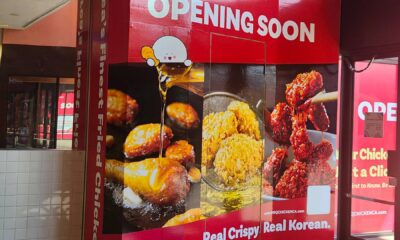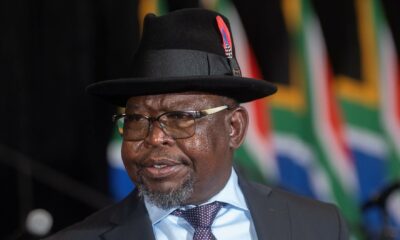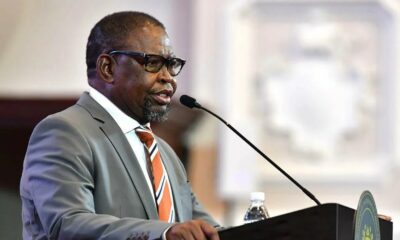Consumer controversies
R19 Million in Fake Designer Goods Seized as Police Crack Down on Counterfeit Trade

From handbags to high heels, police uncover thousands of knock-off luxury items in a major bust in Bloem.
In a bold two-day operation that sent shockwaves through the retail underworld, South African police have seized counterfeit goods worth over R19 million from shops operating in Bloemfontein’s CBD. The haul included more than 13 000 fake luxury items—everything from branded clothes and sneakers to handbags and jewellery.
Six foreign nationals were arrested during the raids, which were aimed at disrupting the growing market for knock-off designer merchandise in South Africa.
Who’s Behind the Crackdown?
The operation was spearheaded by the South African Police Service’s National Counterfeit Goods Unit, with boots on the ground from Public Order Policing, SARS Customs, brand protection agents, and private security personnel. Acting under the Customs and Excise Act, the teams executed search and seizure warrants targeting multiple city shops suspected of peddling high-end fakes.
According to SAPS, the majority of items seized were cheap imitations of global luxury brands—labels that Joburgers often covet but can’t always afford. That demand, however, fuels a dangerous illegal market.
Arrests Tied to Immigration Violations
While none of the brand names were mentioned in SAPS’ official report, authorities confirmed that six foreign nationals were arrested—not for selling counterfeit goods per se, but for violations of the Immigration Act. One individual reportedly tried to flee and is now also facing a charge for resisting arrest.
Details around their countries of origin remain under wraps, but further investigations are expected to uncover whether the suspects are linked to larger criminal syndicates operating beyond Bloem.
A Bigger Problem Than Fake Fashion
Although this bust took place in the Free State, the ripple effects are national. Johannesburg, as South Africa’s largest urban economy, isn’t immune to counterfeit culture. From flea markets and downtown arcades to online marketplaces, fake luxury goods are flooding local supply chains—posing a serious risk to consumers and small businesses alike.
Counterfeit items not only deceive buyers, they also hurt legitimate brands, stall entrepreneurship, and cheat SARS out of valuable tax revenue. As SAPS stated: “We remain committed to disrupting and dismantling the illegal trade in counterfeit and illicit goods in order to protect consumers, safeguard legitimate businesses, and support the South African economy.”
Social Media Reacts: “Don’t let them touch Small Street!”
On X , local reactions were quick and cheeky.
“Bloemfontein?! Lol, SAPS please don’t come to Small Street next,” one user joked, referencing Joburg’s infamous discount retail strip. Another wrote: “R19 million in fake goods? That’s probably just one storeroom in the CBD.”
Though humorous, the comments highlight just how normalised counterfeit shopping has become in parts of the country.
The True Cost of ‘Looking Rich’
While scoring a “Gucci” belt for R150 might feel like a win for your wallet, the hidden costs are high. Counterfeit operations often exploit undocumented workers, avoid safety standards, and support broader criminal economies.
As authorities intensify raids across provinces, it’s becoming clear that the price of fake fashion might be more than consumers bargained for.
Source: The South African
Follow Joburg ETC on Facebook, Twitter , TikTok and Instagram
For more News in Johannesburg, visit joburgetc.com



























